Vijayanagara: Warfare and the Archaeology of Defence
Vijayanagara : Warfare and the Archaeology of Defence investigates those features of the Vijayanagara site that allowed this greatest of Southern Indian capitals to function as a fortified citadel, resisting invaders for almost two hundred years, before finally succumbing after the catastrophic battle of January 1565. The volume systematically documents the surviving earthen and granite ramparts of the city that are spread over a vast urban area, incorporating the Royal Centre and Urban Core of the capital, and also the twin city of Anegondi. The author’s investigation covers walls, bastions and parapets, barbicans and gateways, moats and ditches, all of which achieved an effective system of surveillance and communication. Brubaker subjects these diverse archaeological data to statistical analysis by measuring constructional and formal variations of these features in the different parts of the site using qualitative and quantitative scales. The explanations that he offers for these variations contribute to a new understanding of the functioning of the Vijayanagara site as a military citadel, as well as to the overall development of fortifications in southern India during the 14th to 16th centuries. In Particular, the author considers the new strategies of gunpowder and artillery introduced into India at this time, and their seemingly negligible impact on Vijayanagara’s fortifications.
Brubaker's study, illustrated with Photographs, topographic maps, detailed archaeological survey and statistical tables, makes it the definitive investigation of the subject.
Get it now and save 10%
BECOME A MEMBER

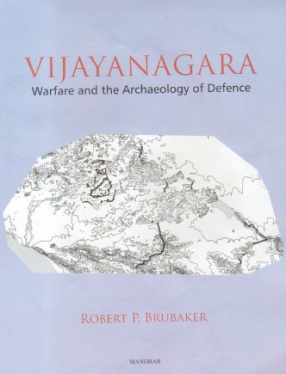
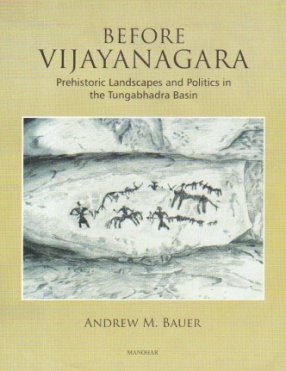
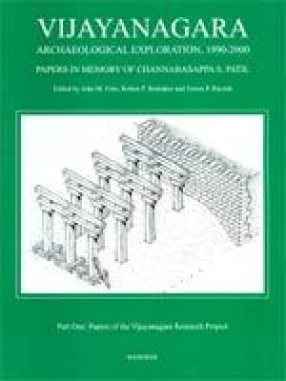
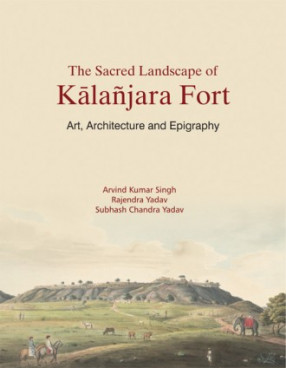
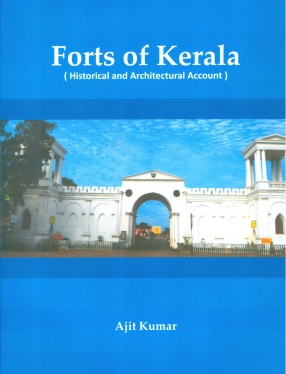



Bibliographic information